I'm practicing the code from 'Web Scraping with Python', and I keep having this certificate problem:
from urllib.request import urlopen
from bs4 import BeautifulSoup
import re
pages = set()
def getLinks(pageUrl):
global pages
html = urlopen("http://en.wikipedia.org"+pageUrl)
bsObj = BeautifulSoup(html)
for link in bsObj.findAll("a", href=re.compile("^(/wiki/)")):
if 'href' in link.attrs:
if link.attrs['href'] not in pages:
#We have encountered a new page
newPage = link.attrs['href']
print(newPage)
pages.add(newPage)
getLinks(newPage)
getLinks("")
The error is:
File "/Library/Frameworks/Python.framework/Versions/3.7/lib/python3.7/urllib/request.py", line 1319, in do_open
raise URLError(err)
urllib.error.URLError: <urlopen error [SSL: CERTIFICATE_VERIFY_FAILED] certificate verify failed: unable to get local issuer certificate (_ssl.c:1049)>
Btw,I was also practicing scrapy, but kept getting the problem: command not found: scrapy (I tried all sorts of solutions online but none works... really frustrating)
